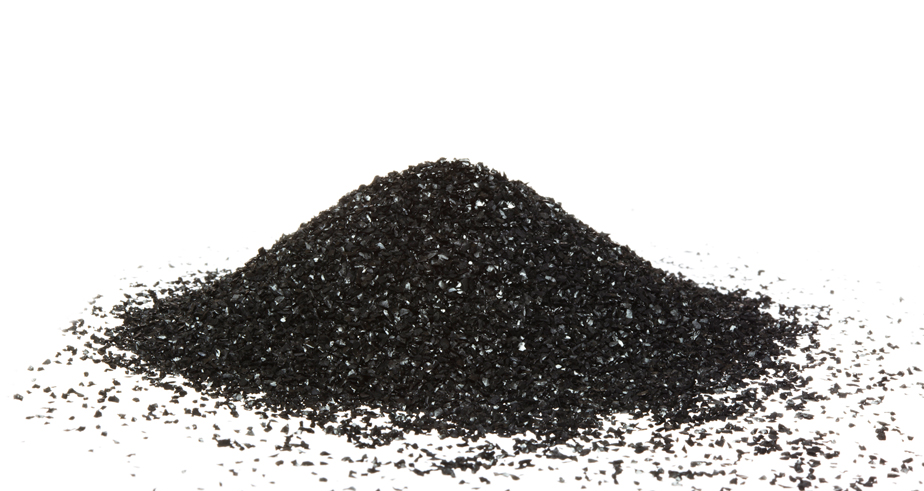Density Measurement Lab Services
Density is an important physical characteristic of a material. Its defined as the ratio of an object mass to its volume. Density specifies how much of a substance occupies a defined volume at a stated temperature and pressure. The density of a substance can be used to define the substance and it performance character.
This measurement is vitally important for quality monitoring and process control to avoid costly over dosage of raw and intermediate products during manufacturing. There are several definitions for density and it is important to understand how each is determined in order to choose the one that suits your needs best.

